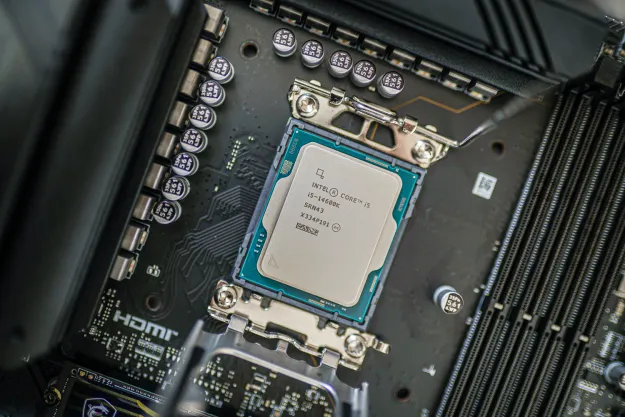Spam, spam, spam, spam…we all know there’s nothing glorious about the way those ads for Viagra and phishing attempts clog up our inboxes, in spite of filters. But there’s hope on the horizon for all of us. The Internet Engineering Task Force (IETF), a group representing some of the big players in the industry, such as Yahoo, has given its approval to a tool that could help eliminate a lot of spam, the DomainKeys Identified Mail (DKIM). DKIM messages will contain two-part encrypted digital signatures to prove an e-mail’s origin, so they can be readily identified. One will be from the sender, inserted somewhere in the mail. A second signature will come from the email provider. That’s linked to a public key that’s the in domain name system – the Internet’s White Pages. The receiving server will ensure the two signatures match, proving the mail is really from the sender. By contrast, spammers use fake of spoofed addresses to hide their real identities. They can get away with it so much because servers only tend to check addresses known to be used by spammers. Of course, for the DKIM system to work properly, both the sending and receiving servers need to be signed up for the system. But now the IETF has given its approval, it’s pledged to work with Internet service providers and others to help have the technology up and running as soon as possible. “DomainKeys Identified Mail is positioned to become the pre-eminent standard for e-mail authentication,” claimed Mark Delany, the system’s author. It might not mean the complete defeat of spam, but it should mean your inbox will be a lot less cluttered. So say goodbye to those penile extension ads now.
Editors' Recommendations
- Remove personal data from Google and reduce spam with this tool
- Ends tonight: Get this Asus 16-inch laptop for $400 instead of $750
- How to unsubscribe from unwanted emails and newsletters
- A major era in Intel chip technology may be coming to an end
- The era of cheap SSDs is about to end


